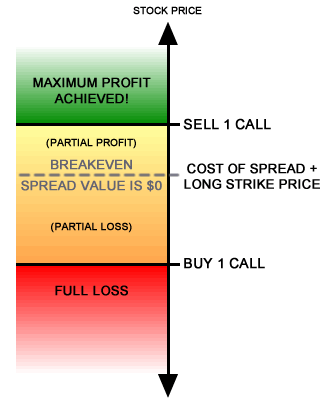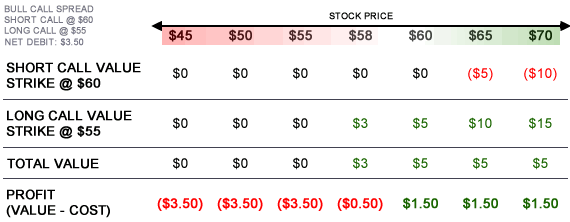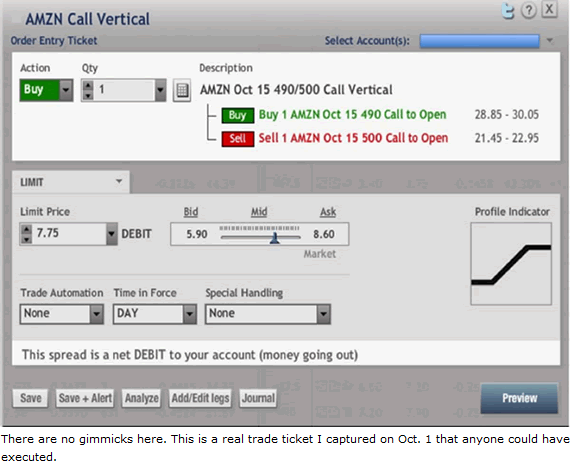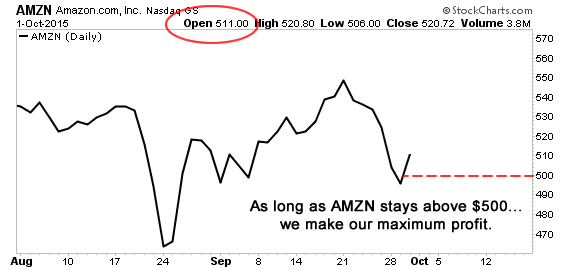The Perfect Strategy for This Dicey Market

Over the years, I’ve observed a myriad of financial experts try to beat the S&P 500 and reduce volatility in their portfolios.
There are literally hundreds of methodologies traders and investors use to this end — everything from basic diversification to proprietary, complex mathematical algorithms that select the best stocks to buy.
But reality and theory are different beasts, especially when markets aren’t trending smoothly. When the market trades in a volatile, sideways pattern, which has been the case since the start of 2015, many investing tactics are rendered all but useless.
But there is one uncommon but simple strategy that reduces volatility and allows you to make money whether a stock goes up, sideways or even down.
Think about that for a moment. When you buy a stock, you have a 50/50 shot at winning. But the little-known strategy I’ll introduce you to today increases your odds to 70%, 80%, even 90% per trade.
And it usually costs under $ 1,000 no matter what stock you’re trading. Expensive stocks like Apple (NASDAQ: AAPL), Google (NASDAQ: GOOGL), Amazon.com (NASDAQ:AMZN) and others are easily within reach no matter your account size.
You’re probably asking, “What’s the catch?”
There really are no “catches” to this trading strategy. I’ve used it for nearly 20 years and had great success with it. I’ve taught classes and given lectures around the world on it. It involves options, but don’t let that deter you. If you can follow my step-by-step instructions, you’ll have no problem reaping the benefits.
How It Works
In a nutshell, this strategy exploits the time value of options and plays other investors against one another to gain a statistical advantage over the market. It’s relatively simple and involves two options on the same stock traded together:
1 short call (sale)
1 long call (purchase)
When both of these trades are done at the same time with the same expiration, it’s called a “bull call spread” (or “vertical spread”). For this strategy, you will always trade the same number of long and short calls with the same expiration month. If you buy one call that expires on April 15, you should only sell one call, also expiring on April 15.
 The call you buy will always be at a lower strike price than the call you sell. Because calls with lower strike prices are more expensive, bull call spreads will always cost money. However, when we sell the short call, instead of paying for the cost of the contract, we actually receive that money upfront. This extra cash offsets the price we’re paying for the long call, so we end up paying less overall for the spread than we would if we purchased only the long call.
The call you buy will always be at a lower strike price than the call you sell. Because calls with lower strike prices are more expensive, bull call spreads will always cost money. However, when we sell the short call, instead of paying for the cost of the contract, we actually receive that money upfront. This extra cash offsets the price we’re paying for the long call, so we end up paying less overall for the spread than we would if we purchased only the long call.
Whatever you pay for the spread is the maximum you can lose. The goal is to sell the spread for more than you paid, netting a profit.
The spread’s maximum value is the difference in the strike prices. This is achieved as long as the stock’s price stays above the strike of the short call (higher strike price) through expiration.
To calculate your maximum profit, take the difference between the strike prices and subtract what you paid for the spread. So, if the difference between the strikes is $ 5, and you paid $ 3.50 net to enter the trade, your maximum profit would be $ 1.50. That comes out to a 43% gain.
The mechanics behind this strategy are based entirely on the way options are valued. For the bull call spread, we’re playing a short call — which loses value as the stock price moves higher — against a long call — which gains value as the stock price moves higher.
As the stock’s price increases, the value of these two call options will move together in lockstep, which is why we know exactly what the spread’s maximum potential value will be even before we execute the trade.
If the stock’s price falls, the value of both calls also decreases. In the very worst case, our spread can be worth $ 0. However, since this is a debit spread, we can only lose the amount of money we paid to buy the options, which puts us in control of our own risk.

Executing a Bull Call Spread
Even though this strategy employs two separate calls — one long, one short — we don’t need to enter two separate orders. We can execute both orders at one time for one price.
Once you know the stock you want to trade, you need to pick a price that you feel very confident the stock will be above on expiration day, as well as the amount of profit you’d like to achieve. These will determine the strike prices for your short and long calls, respectively. You also need to pick an expiration date. Remember, you must use the same expiration date for both calls in the spread.
Here’s what a typical bull call spread order ticket might look like:

The ticket breaks down like this:
— We’re purchasing the AMZN Oct 490 Call.
— We’re selling the AMZN Oct 500 Call.
— The most this spread can be worth is $ 10 ($ 1,000 per contract).
— The most we’re going to pay for this spread is $ 7.75 ($ 775 per contract).
The maximum profit we stand to make on this trade is $ 2.25 ($ 10 spread minus $ 7.75 net debit). As long as AMZN stays above $ 500 (the strike price of the short call), we’d generate a 29% return in 16 days, or 662% annualized.
Since the spread is $ 10 wide, the most this trade will be worth is $ 10 ($ 1,000 per contract).
When I entered this trade on Oct. 1, AMZN was trading at $ 511.

This meant shares could go up, stay flat or even drop to $ 500, and I would still achieve our maximum profit with only $ 775 at risk. By stacking the odds in my favor and creating a winning trade even if AMZN were to drop to $ 500, my win probability shot up to over 75%.
When I placed the trade, I immediately placed a good ’till cancelled (GTC) limit order to sell (to close) the spread for $ 10, which was the spread’s maximum potential value. After that, it was time to watch and wait.

As you can see in the chart above, AMZN continued trading above $ 500 through expiration on Oct. 16, which means the spread reached its maximum value of $ 10. When the spread hit this value, it triggered my GTC limit order, which closed the trade for $ 10 with a sell (to close) order.
Anybody who made this trade with me pocketed a 29% gain in a little over two weeks.
But even if shares of AMZN had fallen to $ 500, we still would have made money.
Each week, I recommend a spread trade designed to capture a 15% to 50% profit in a matter of weeks to a group of traders known as The Insider’s Club. In 2016 alone, I envision this group generating $ 30 million in new wealth.
I’m so confident in this strategy that we’re mailing out $ 1,000 checks to the first 1,000 people who join me. The idea is for you to put it toward your first trade but, of course, it’s completely up to you. You can use it for whatever you want.
If you’re interested in joining, though, you need to act quickly. Your chance to join The Insider’s Club — and collect your $ 1,000 check — ends at 11:59 p.m. on Tuesday, Jan. 12.








